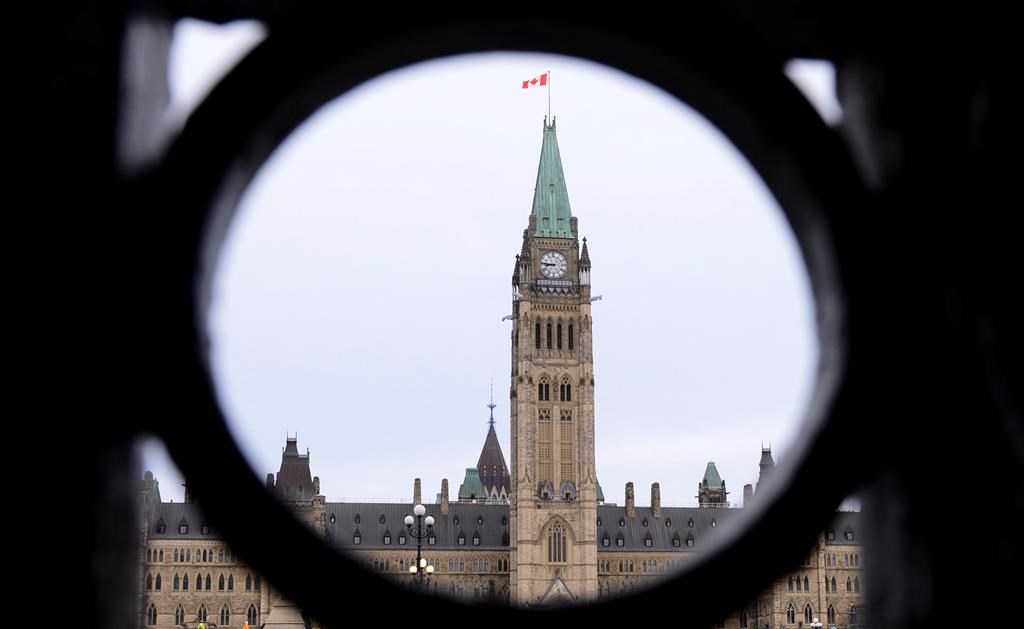B.C. sets another grim record for illicit drug toxicity deaths in 2021
Posted February 8, 2022 10:48 pm.
Last Updated February 10, 2022 11:24 am.
A staggering number of people in B.C. died of illicit toxic drugs last year, with the province recording a heart-breaking record.
The province confirmed Wednesday that 2,224 people died in 2021, as was publicized by the BC Association of People on Opiate Maintenance (BCAPOM), the Drug User Liberation Front (DULF), and the Vancouver Area Network of Drug Users (VANDU) on Tuesday.
Deaths have increased every year since 2016, when B.C. declared a public health emergency. Advocates say the crisis isn’t being addressed with the urgency it demands, and the stigma attached to drug use is one of the reasons why.
“I responded to an overdose last night at about 9 o’clock,” Eris Nyx, a DULF co-founder told CityNews on Tuesday.
“I’m feeling very despondent. Because it just seems the situation is getting worse and worse. Nobody is coming to help us. Nobody is coming to talk to us. We’ve been abandoned and left alone to struggle and fight for our own survival ourselves. And as a drug user, I think that’s an abhorrent response to this ongoing crisis which is about to enter its sixth year.”
Guy Felicella, a peer clinical advisor with the British Columbia Centre on Substance Use, says a lot of the problems with policy are actually rooted in stigma and stereotypes.
“The majority of society believes that anybody who uses illicit substances has an addiction or substance use disorder. So our laws and policies actually reflect that as well. There’s a lot of drug users who don’t have a substance use disorder,” he says. “You wouldn’t figure that anyone walking into a liquor store has a substance use disorder, so you shouldn’t assume that everybody who uses illicit substances would have the same issue.”
This is a crucial distinction, he says, since often attempts to respond to the crisis of toxic drug deaths focus on addiction treatment and rehabilitation.
He also says another myth is that most people who are dying are unhoused on Vancouver’s Downtown Eastside, when in fact deaths are happening in every part of the province, and among people from all socio-economic backgrounds. So while street outreach and harm reduction services in one neighbourhood can be life-saving, they only reach a relatively small number of people.
“In every community, somebody is using substances. The majority of people are dying in private residences, so that could be a house just like yours,” he says.
“That stigma that exists is actually driving people to use alone and die because of it.”
Nyx says the simple fact that drugs are criminalized is one of the biggest sources of stigma. Unlike alcohol, drug use is something many feel they need to hide.
“We can only dismantle stigma by dismantling the regime of prohibition and normalizing drug use — and most people use drugs in some form or another.”
Felicella agrees.
“I think what happens is we rely on harm reduction to reduce the harms caused by those drug policies. What we need to do is change the drug policies instead of relying on harm reduction.”
A joint statement from Provincial Health Officer Dr. Bonnie Henry and Mental Health and Addictions Minister Sheila Malcolmson calls the number of lives lost “unacceptable.”
“We must reduce the fear and shame that leads so many to hide their drug use, avoid services and use deadly drugs alone. Addiction is not a choice, it’s a health condition. That’s why we continue to push Health Canada to approve our exemption so we can implement decriminalization of people who use drugs throughout B.C. This is a vital step to overcoming the stigma and shame associated with using drugs and helping to connect people with the supports they need.
“We know one of the most important ways to keep people alive in this crisis is to ensure a safer supply to replace toxic illicit drugs and the expansion of this life-saving program is now underway across our province.”
Related Stories:
-
Drug user advocates say B.C.’s decriminalization proposal falls short amid ongoing emergency
-
Drug user advocates say B.C.’s safe supply program still inaccessible, inadequate
Last year, B.C.’s Ministry of Mental Health and Addictions created a first-of-its-kind prescribed safe supply program. They have also asked the federal government to decriminalize simple drug possession, that is personal possession of small amounts of drugs. When drug poisoning deaths hit their LAST record in October – the ministry put $132-million into treatment and recovery care. Drug user advocates have criticized these moves as half-measures.
“What we really want to see is life-saving interventions,” Nyx says.
“I think from our standpoint, there’s only one thing that’s going to change this and that is rapidly scaled-up low barrier safe supply for people who use drugs. That’s the only answer to the crisis we’re seeing right now.”
Chief Coroner Lisa Lapointe confirmed the numbers publicized by the coalition adding the fatalities represent a 26 per cent increase in deaths over the previous year.
In 2021, there was an average of six daily deaths due to drug toxicity, according to Lapointe.
“In 2012, the rate of drug toxicity in our province was six deaths per 100,000 people. Five years later in 2017, the death rate due to toxic drugs had risen to 30. In 2021, the province-wide rate has increased to 43,” she explained.
“Three health authorities, however, have rates even higher: Vancouver Coastal at 49 deaths per 100,000 people, Northern Health at 48, and the Interior at 45.”
November and December recorded the highest number of deaths.
Fentanyl was detected in about 83 per cent of toxicology reports last year, Lapointe said.
“Post-mortem toxicology findings in July 2020 showed benzodiazepines in 15 per cent of samples detected. In
December 2021 this had increased to 50 per cent. This is a particular concern, as benzodiazepines significantly impair the life-saving effects of naloxone used to treat opioid poisonings.”
Most illicit toxic drug deaths recorded last year were men between the ages of 30 and 59.
With files from Nikitha Martins










